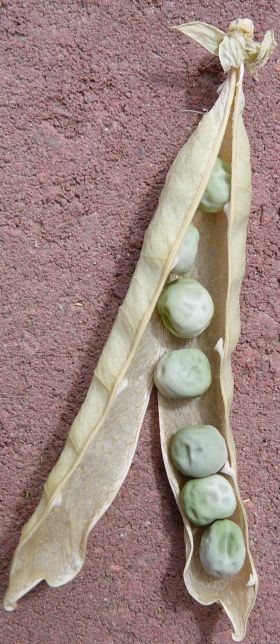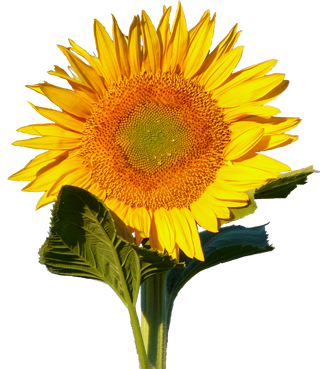
Garden and Plate
The Molecular Biology of Nutrition
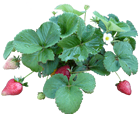







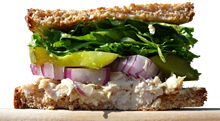

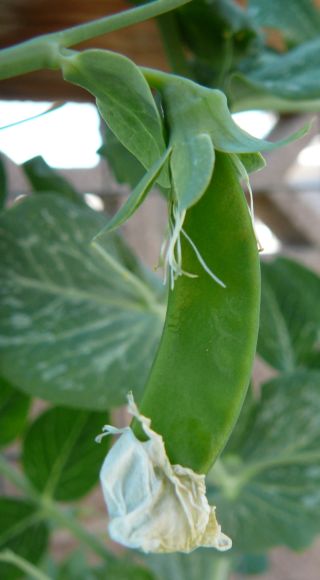
When most people think of peas, they remember those slimy, soggy peas that come in a can. Fresh peas are a totally different vegetable. They are sweet and crisp, and can be eaten right from the vine. Some varieties even have edible pods, if you pick them before they get too old.
Cook them if you must, but I prefer mine raw. I usually eat them right off the vine, or add them to my salad. If you leave the pod intact, you can add them to your sandwiches without them rolling out when you take a bite.
Peas are easy to grow, and don't take up much surface area in the garden. They do need lots of vertical space though, and sturdy support. Pea vines are long and very fragile. They are hollow like straws, and kink as easily as an old garden hose. They compensate for this by wrapping their tendrils around any object they can find. This gives them many points of support. They can cling to other plants, but the best solution is to give them a trellis. I improve the support by weaving the vines in and out of the trellis as they grow. Even then, I sometimes have to tie the peas to the trellis when they get overloaded with pea pods.
There are different varieties of peas, but I've only grown this one kind. The seed packet says their scientific name is Pisum Sativum, but their common name is Sugar Snap peas. I like them because they are sweet and the pods are edible. I bought the seeds a few years ago, and have been re-planting the descendants of the original seeds since then. Peas are really easy to harvest for the next year. All you have to do is not eat them, and let the pods dry out. For details on the life cycle of the pea plants (including how to save the seeds), take a look at the slide show below.
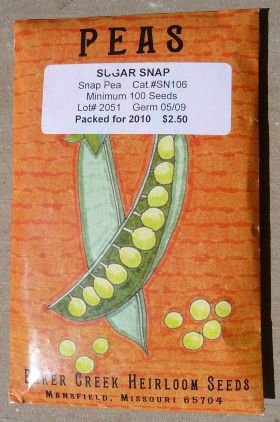
I plant these Sugar Snap peas in October. They take a week to germinate, then slowly grow all winter long. You get lots of peas in the spring.
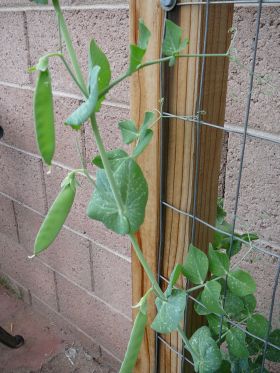
The stem on this plant is hollow and fragile. It finds support by clinging to sturdy objects.
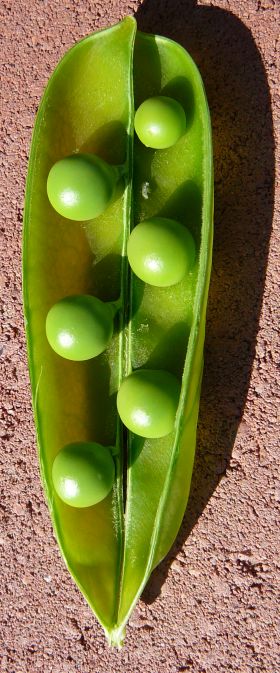
The green pea pod above is ready to eat. You can eat just the peas, or the entire pod. The pods are best eaten before they get too old. I usually wait just long enough until the peas are full size, then eat them, pod and all.
The brown pea pod below is dried out and the peas are hard. Neither are good to eat any longer. They are good for growing more peas though, and ready to be planted next October when the weather cools off.
